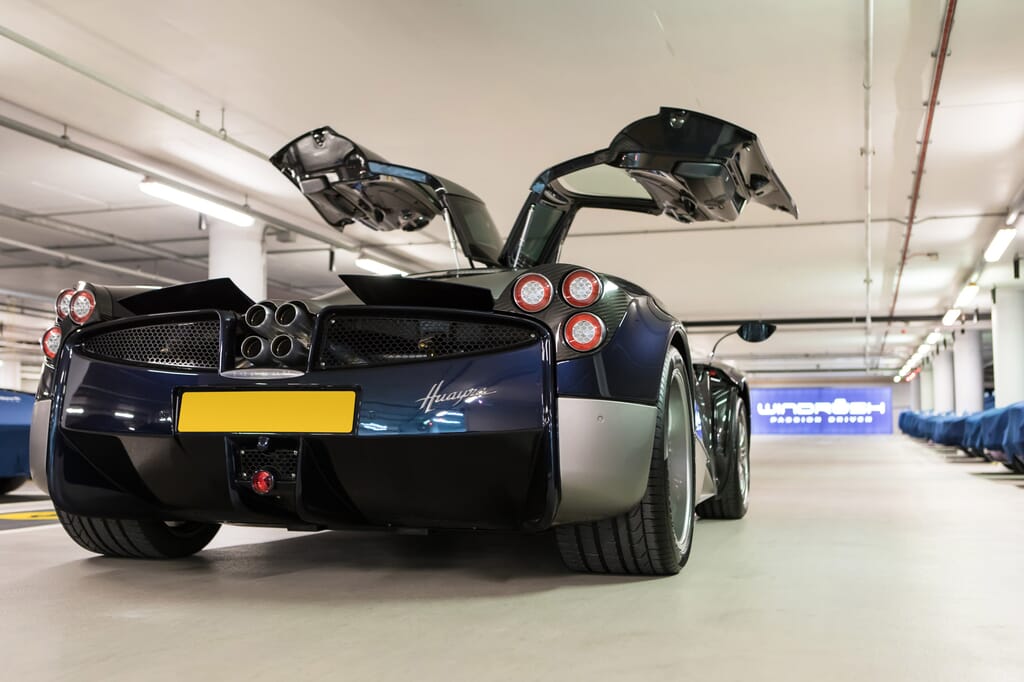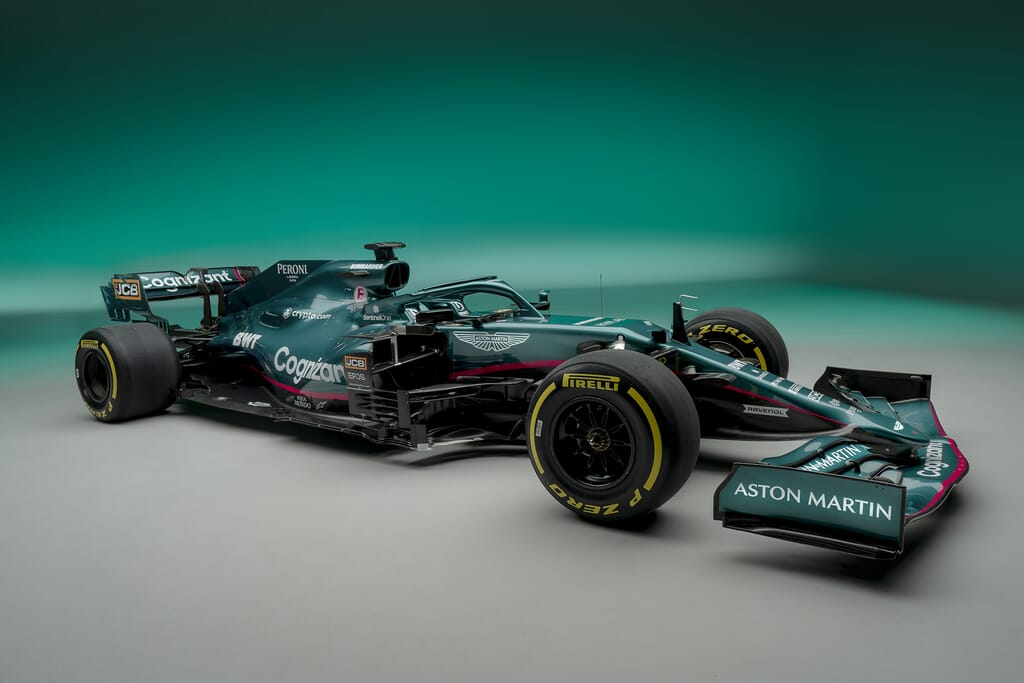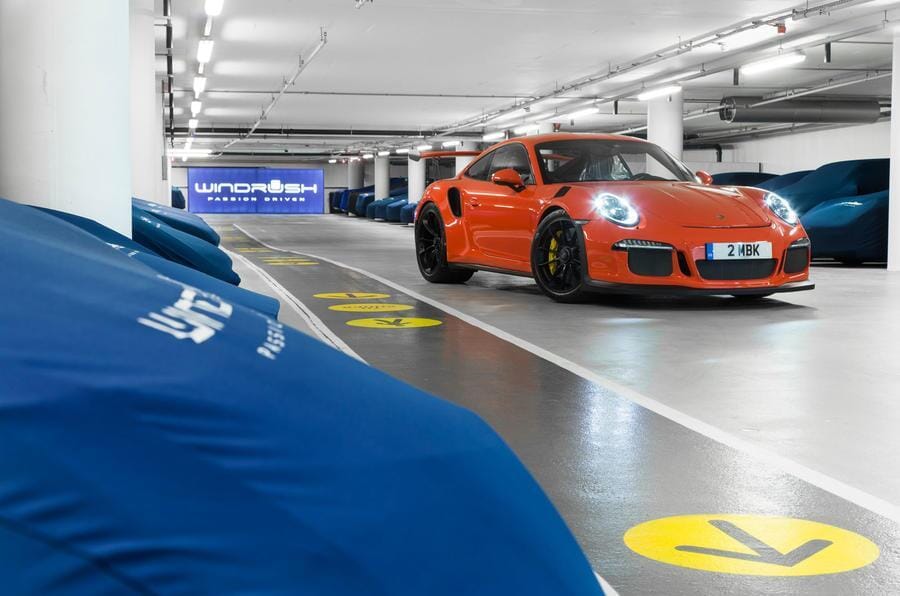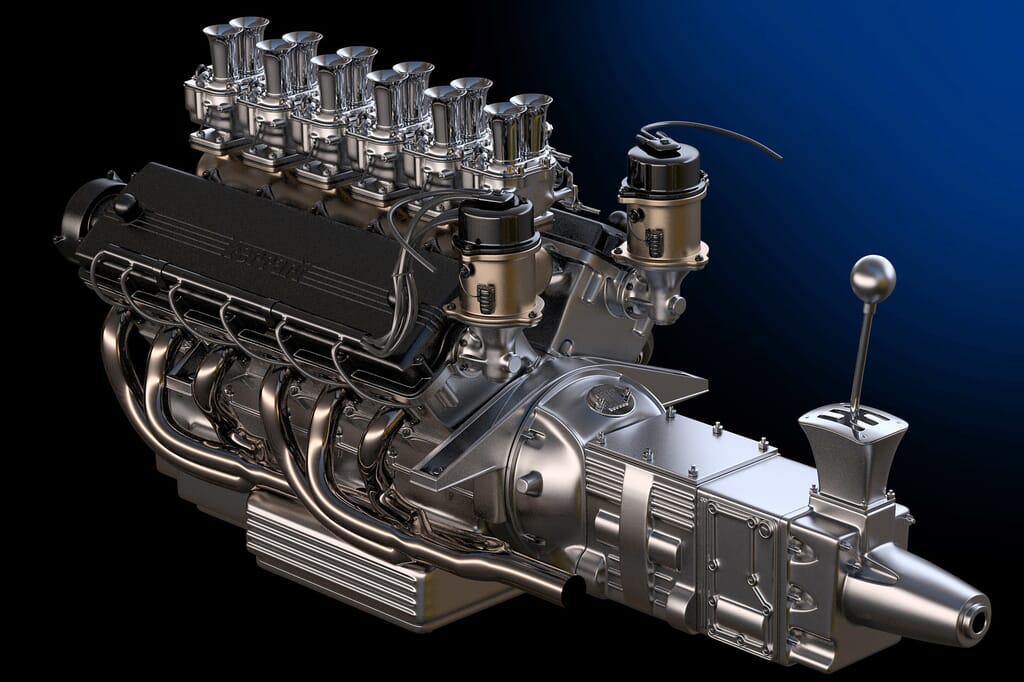
For over a century, the twelve-cylinder piston engine format has powered some of the greatest vehicles to grace Windrush’s classic car storage. Here are ten all-time favourites, picked by the team.
The V12 has history. Back in 1904, the world’s first twelve-cylinder piston engine – split into twin banks of six cylinders whose ‘V’ shape gave it the name – was originally designed for boat racing. Scan the annals since then and you’ll find the V12 powering everything from Panzer tanks and military trucks to diesel locomotives and World War II aircraft.
But more than any of these, it’s the iconic automobiles featuring that classic engine configuration that have endured – and here at Windrush long term car storage, it’s our pleasure to keep them that way. Here are ten of the very best V12s, as chosen by our prestige car storage team.
McLaren F1 (1992)
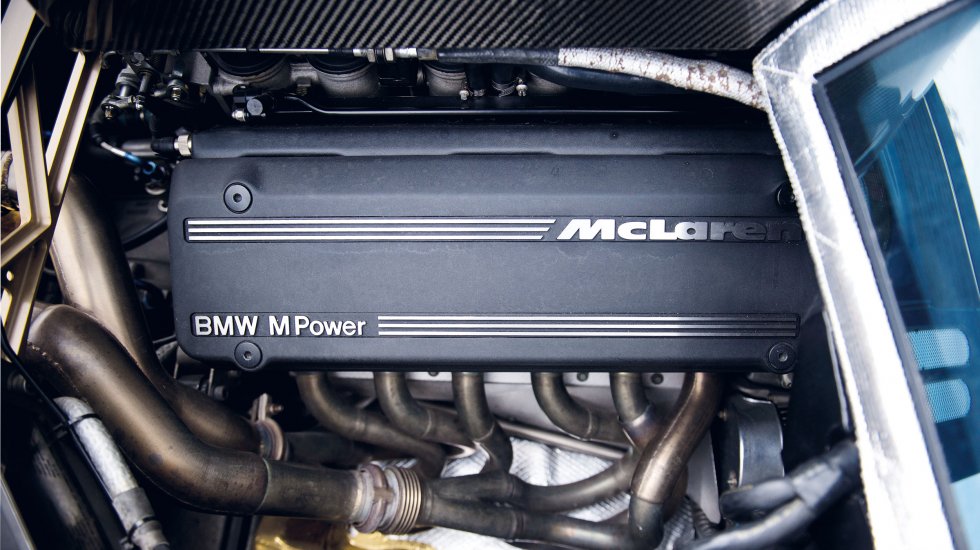
Think ‘supercar’ and the mental image that flashes up is still the legend unveiled at Monaco’s Sporting Club in May 1992. Gordon Murray’s concept and Peter Stevens’ body design were impeccable, but the mythology came from BMW Motorsport’s 6.1 V12, powering the McLaren to a production car world record of 240.1mph. Own one and you’re in good company, from Rowan Atkinson to Ralph Lauren.
Pagani Zonda (1999)
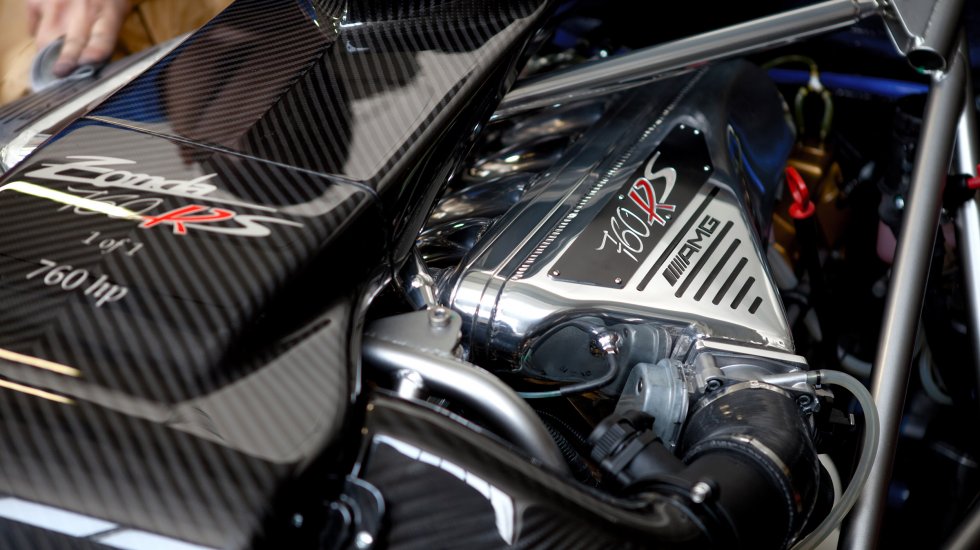
Founded by ex-Lamborghini engineer Horacio Pagani at the dawn of the ’90s, this Italian newcomer debuted in style with a supercar that went from underdog to object of desire overnight. Pagani’s famous attention to detail – and scholarly knowledge of composites – marked the Zonda out before you even turned the key, but the masterstroke was to include the 6.0 V12 from Mercedes-Benz AMG, nudging 400hp and ludicrously good fun.
Lamborghini Miura
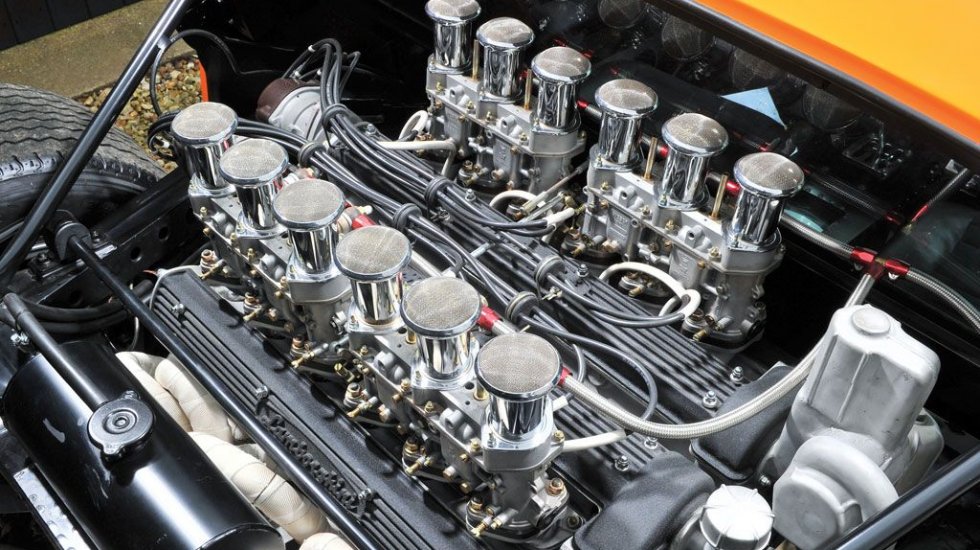
Largely driven by his rivalry with Ferrari, Ferruccio Lamborghini hired the great Italian engineer Giotto Bizzarrini to dream up an engine that would pip the prancing horse, and from the late-’60s, his mid-mounted 3.9 V12 made the Miura look and move like an arrowhead on wheels. Perhaps Bizzarrini’s greatest triumph was his engine’s longevity: that V12 endured (with the occasional facelift) right through to the 2011 Lamborghini Murcielago.
Maserati MC12
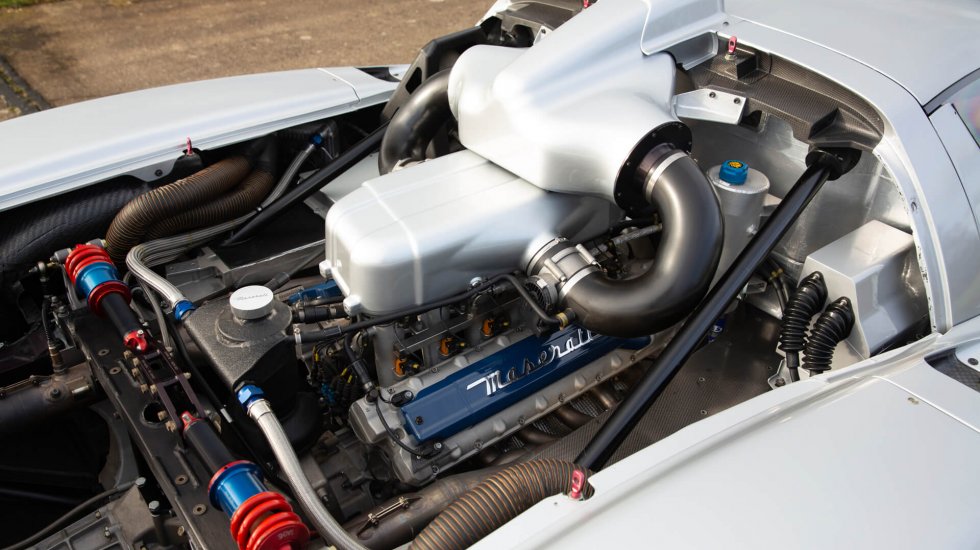
As scarce as it gets – with just 50 road cars produced to homologate the 12 racers competing in the FIA GT Championship – the guts of the MC12 was the Ferrari F140 6.0 V12 (a derivative of which is in the Ferrari 812). It jumped off the mark like a scalded cat – 0-62mph in 3.8 seconds – topped out at 205mph, and is an occasional and very welcome guest at Windrush’s classic car storage.
Ferrari 812 Superfast
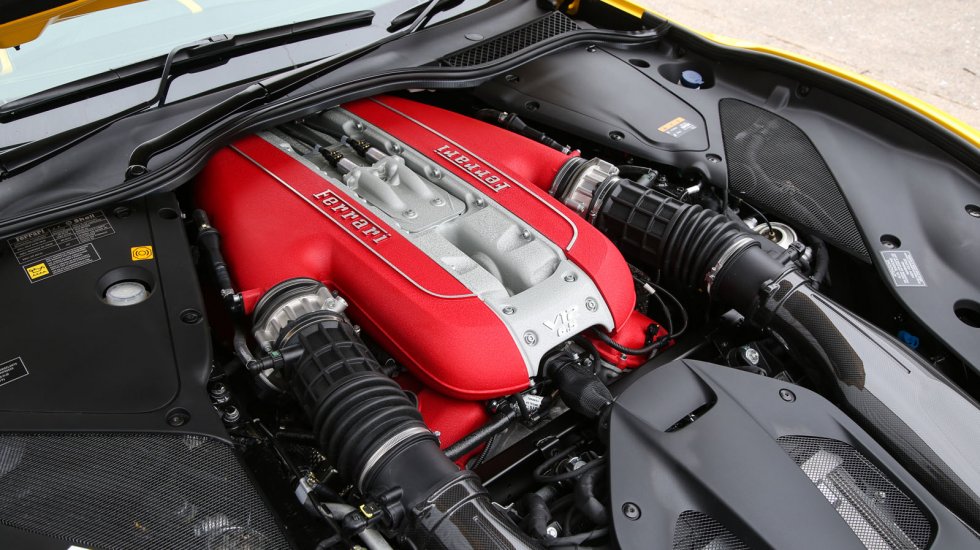
The name wasn’t exactly subtle, but the Superfast lived up the billing. With a 6.5 V12 capable of 789hp and 9000rpm – with no turbocharging – there had never been a more powerful naturally aspirated production car engine when it debuted at the 2017 Geneva Motor Show. In fact, that engine was so good that Top Gear considered the rest of the Superfast almost an afterthought: “The mightiest V12 of them all. With the rest of a car attached…”
Rolls Royce Phantom
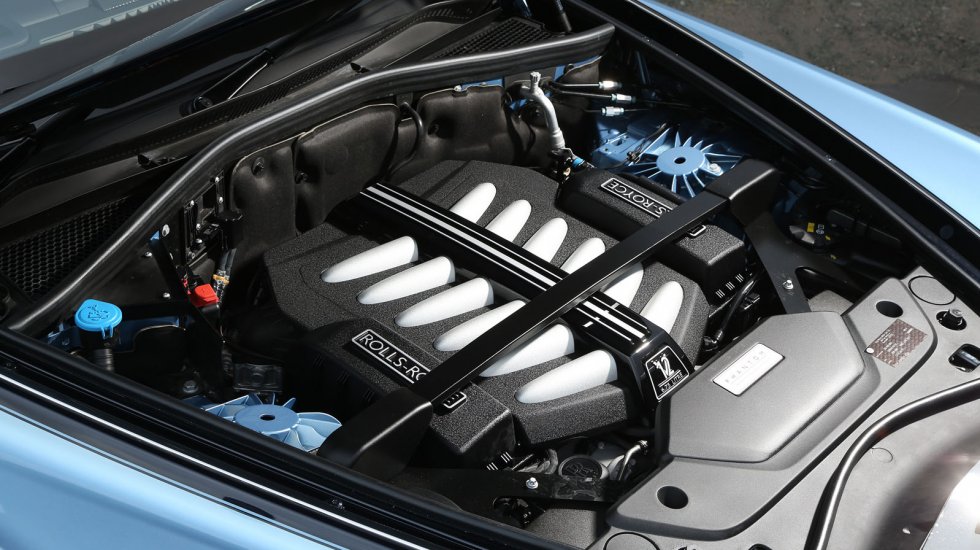
Unlike the go-faster brigade elsewhere in this countdown, the Phantom was as silent, stately and serene as the name suggested. But that effortless vibe belied the graft being done within by the 6.75 N73 BMW V12, taken from the E65 BMW 7-Series, but with increased capacity. A car that reminded us that luxury, class and sophistication were not mutually exclusive with raw power.
Jaguar V12
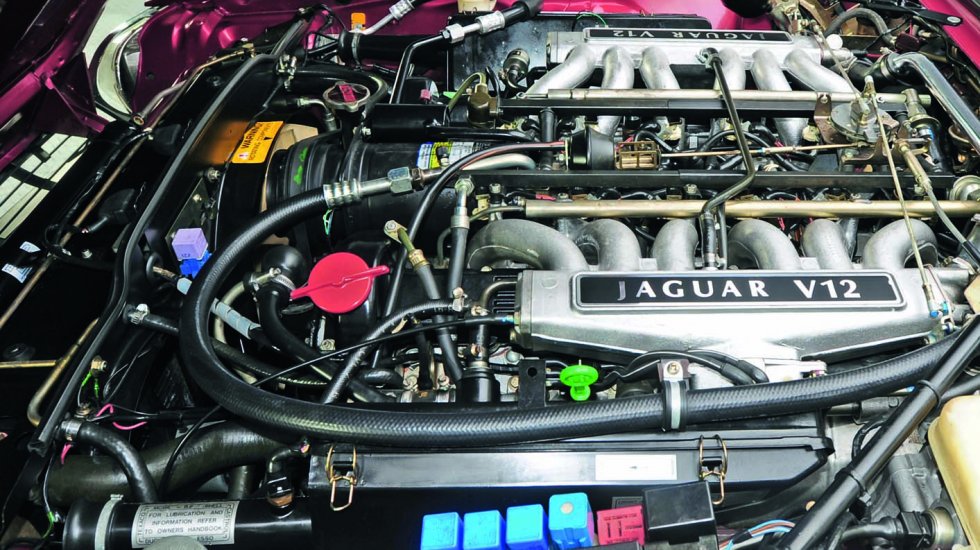
While many V12 cars are untouchable icons that exist only in the pages of magazines, Jaguar’s classic twelve-cylinder is the one you’re most likely to have sampled, thanks to its inclusion in multiple production models through the ’70s and ’80s. Stick a pin in Jaguar’s production history and you’ll find it doing the business, from the vintage E-Type to the XJS and XJ of the ’80s, Jaguar’s engine was complex, silent, powerful and, perhaps above all, abundant, bringing the V12 to the driveways of everyday drivers.
Ferrari 250 (1953)
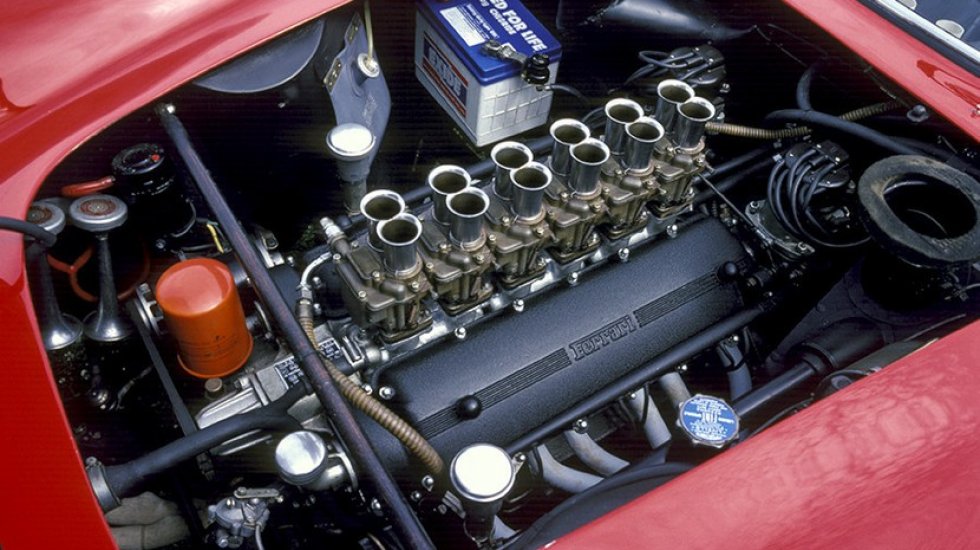
Pinin Farina’s undulating closed berlinetta bodywork delivered on the style, but it was Gioacchino Colombo’s 2933cc V12 that supplied the substance, mounted longitudinally in the front and capable of 237hp. Far more than a stopgap, the engine would go on to be fitted to various incarnations of the 250 including the GTO, California Spyder and GT SWB.
Mercedes-Benz S600 (1991)
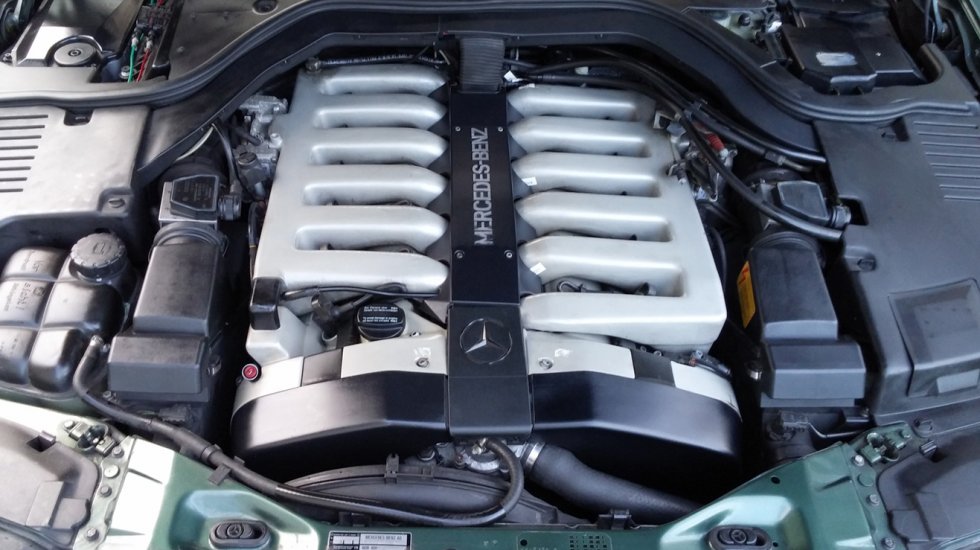
Hard to believe given its proud history, but in 1991, the S600 represented Benz’s first toe into the V12 market. The newly designed 6.0-litre engine was the German marque’s first mass-produced twelve-cylinder for a passenger car, not to mention the most powerful MB engine to date, packing 408hp.
Audi Q7 TDI
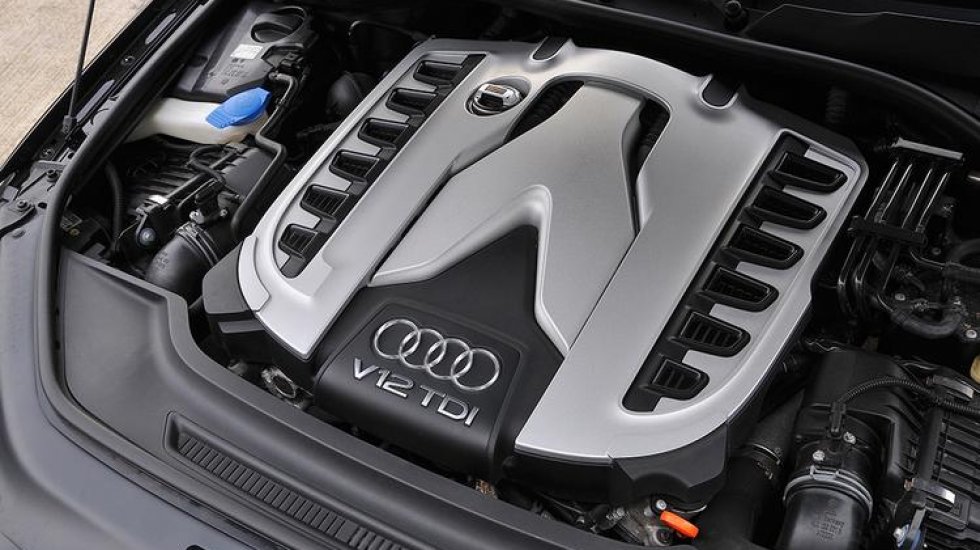
2008 was a vintage year for Audi, with the marque cheering Allan McNish to Le Mans victory in an R10, while readying a new Q7 whose V12 twin-turbo diesel posted an audacious 1000nm of torque and 493hp. Autocar described it as “the Q7 for those who struggle with the concept of self-constraint and have very deep pockets” – and it was meant as a compliment.
Choose Windrush prestige car storage, for V12s and beyond
At Windrush’s long term car storage, we know exactly how to treat your car, whether it’s a vintage V12 or a cherished modern classic. Read a little more about our prestige car storage programme, and you’ll be reassured that our state of the art facilities in London and the Cotswolds are exactly where your vehicle should be when it’s resting off the road.
From the warm welome of our professional washing and drying regime, to the regular checkovers and maintenance regime that keep your vehicle in peak condition for the length of its stay, no other prestige car storage programme goes further.
The Windrush team is ready to welcome you to our classic car storage in London and the Cotswolds. To learn more, drop us a line on info@windrushcarstorage.co.uk

